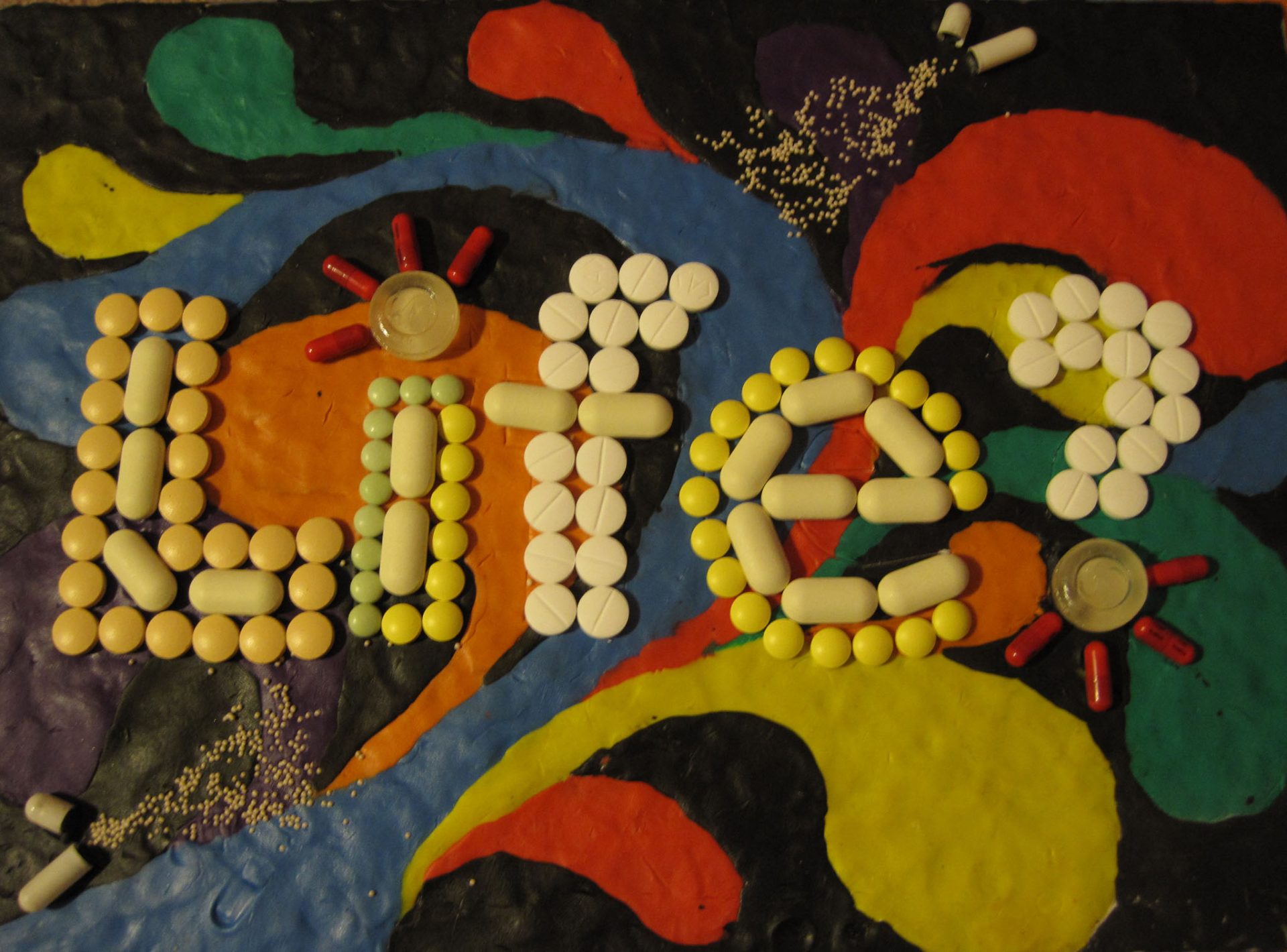Life?
She had undergone radical surgery for cancer some years ago but did not seem to want to talk about this. Instead she told us about the problems she is currently facing and how hard it seemed to get appropriate care from the clinics she frequents as an out-patient.
During this conversation I was intrigued by the long, greenish strip of paper which lying of the table in front of her – in central position. I did not realize that this was her prescription until she took it in her fragile hands and handed it to us saying ‘And this is all the drugs I have to take every day. It’s about twenty tablets daily.’
For me this was a little worrying – especially as she had said that the painkillers were not helping her at all. It was hard for me to understand why she was not offered a cane to walk with to reduce the pain in her sore feet – or why she was never advised to adapt her house to help her move from floor to floor. I believe that at least a couple of her problems could be solved without resorting to medication.
I started wondering – to what extent is she actually having control over her life? What is life for her? How is she coping with what is happening to her? Is there anything that makes her happy?
Fortunately, there was. She told us about the loving support she has from her family and friends. When asked what she does in her spare time – she revealed a passion for knitting – sweaters, socks and scarves for her whole family and herself. It appeared to me at this point that there was a second aspect of her life, something that helps her forget about the misery of the drug-driven part.
My creative piece is a tablet mosaic. It relates to the constant need Mrs Brown* has to take her medication in order to maintain a relatively comfortable life – despite her multiple health problems. I initially thought that her state of health and the tablets totally overruled her life, and that is why I put the question mark at the end. That is why there are colourful plasticine waves emerging from the black background. These waves represent the joy that she has in her life despite her problems.
Thanks to meeting this lady I realized that the doctor’s duty is not only to treat the patients with all the possible drugs that they can prescribe, but they should also serve as ‘soul soothers’. I believe that the doctor’s attitude should become more patient-centred, and focus not only on the patients’ medical problems, but their personal life too.
*name and some details changed to protect this patient’s identity, ‘Mrs Brown’ has seen the consent form and agreed that I can tell her story for my creative assignment.

I think this piece conveys an extremely important message, something that I’d also found surprising in previous work experience, that so many patients are immediately given medication before other solutions are considered. Although medication can be a vital tool, this piece also makes the important point that the patient should be viewed from all aspects of their life when treating them and also the importance of shared decision-making. This piece is a very good portrayal of this issue.
I stopped to read this piece because I really liked the use of a mosaic technique, as I think it is a really effective way of illustrating the multitude of tablets that some patients have to take everyday and reminded me of my work experience in care homes watching patients swallow tablet after tablet. The description underneath was really insightful and emotive when writing about the patients need for all the different medication and the possible alternative options the patient could have been given instead. Some issues the tablets were supposed to help with such as pain were still a significant problem in the patients life, and her quality of life was suffering from all of her conditions despite her prescriptions. This encounter showed me the importance of constantly evaluating a patients needs as a doctor and looking at the patients circumstances and how they change and progress over time. This patient needed someone to go through all of their medication, and either change them, the dosage, or explain to her what they were all for so that she felt reassured in taking them and that her concerns over necessity were listened too. It also shows societies reliance on medication when really someone should also look or provide advice about her home environment, and not resort straight to prescribing, this could have possibly made her feel more satisfied with the care she received. I also thought the plasticine model underneath the tablets representing her hobbies and family support network was really useful in portraying how her medication doesn’t define her, but with more medication it potentially could, as it would block out the good things from her life. The colour of other hobbies being underneath the medication I think is symbolic of how sometimes doctors can forget to think of the whole person and environment, and not just the condition that they are specifically treating. It has made me reflect on the importance of ensuring that patients can still practice their hobbies as her knitting brings her great joy, which is why it is so important to try and mitigate her arthritis symptoms so she can continue to do this without pain. Quality of life has to be considered as well as treating the patients medical needs that they present with. I think these messages were really nicely summarised in the conclusion of the description and will now enable the student/myself to reflect on what they want to build on in their/my own clinical skills and consultations.